Best Basement Flooring: Durable and Stylish Choices
Finding the right basement flooring involves balancing durability, style, and moisture resistance. This guide discusses the best options for basement...
7 min read
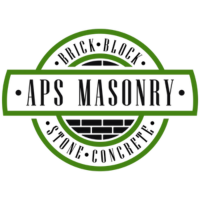 Alec Serowatka
:
Nov 30, 2023 10:29:19 AM
Alec Serowatka
:
Nov 30, 2023 10:29:19 AM
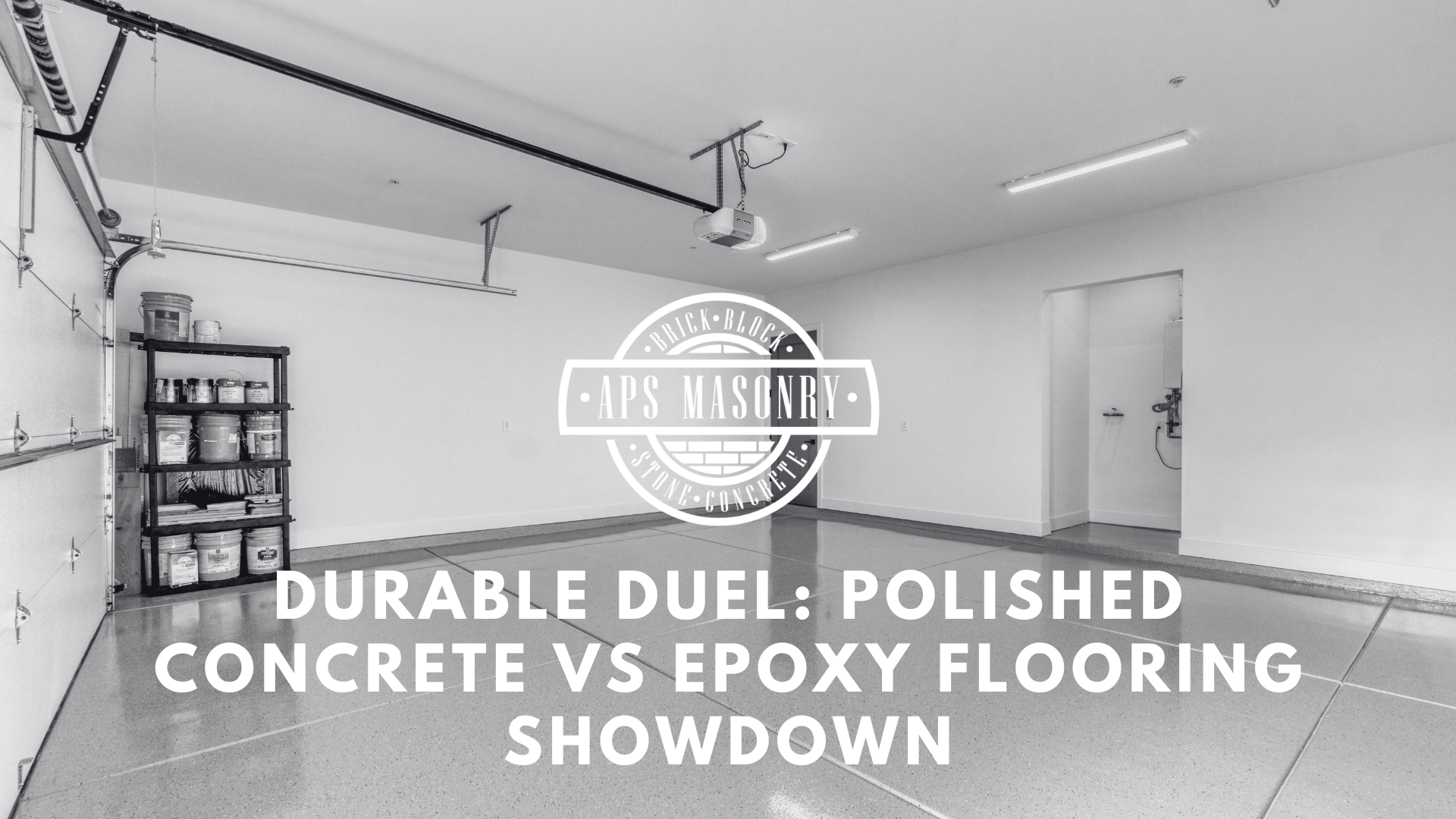
Polished concrete and epoxy flooring are two popular options for creating durable floors with a refined look. This guide helps you decide which is best for you by comparing their durability, appearance, installation, maintenance, and where they work best. Polished concrete is a great choice for homes and businesses because it's tough and easy to maintain. Epoxy flooring, known for resisting chemicals and heavy machinery, is a smart pick for industrial spaces.
Polished concrete offers a natural shine and can last for decades with minimal maintenance. Epoxy provides a broader range of colors and patterns, but it may need more repairs and maintenance. They also differ in installation time: polished concrete takes longer to install but cures faster, while epoxy installs quickly but requires more curing time. Epoxy is usually a cheaper option, but polished concrete can offer better long-term value. In the end, the right choice depends on your style, needs, and budget.
In this deep comparison of polished concrete vs epoxy, we’ll explore the durability, aesthetics, installation, maintenance, real-world applications, and costs of these durable and appealing solutions. Polished concrete and Epoxy floors have transformed spaces across various industries, turning drab concrete slabs into functional and stylish surfaces. This will help you make an informed decision for your flooring needs.
Choosing flooring materials for high-traffic areas requires consideration of their durability. We need to scrutinize the resistance to traffic and stress longevity of polished concrete and epoxy floors to understand their toughness effectively. While both flooring options present unique advantages, your specific needs and environment should guide your decision.
Polished concrete and epoxy flooring have different capacities to resist traffic. Polished concrete is more suitable for regular foot traffic, making it an excellent choice for residential, office, and retail spaces that experience mainly pedestrian movement.
On the other hand, epoxy flooring excels in areas with heavy machinery or chemical exposure, such as warehouses, factories, and commercial garage floors. Epoxy’s chemical resistance and ability to handle heavy-duty wear make it a popular choice for more demanding environments.
.jpg?width=527&height=296&name=APS%20M%20Template%20(17).jpg)
Polished concrete proves to be more resilient when we compare the stress lifespan of polished and epoxy concrete floors. Its innate strength as a base material allows it to outlast epoxy flooring, which may require more frequent repairs or replacements due to damage from sharp or heavy objects.
When properly maintained, polished concrete floors can last up to 30 years, often surpassing the lifespan of other flooring types. Some benefits of polished concrete floors include:
On the other hand, epoxy flooring, while still durable, may require more care and attention to guarantee its longevity.
Selecting the right flooring solution also significantly depends on aesthetics and durability. Both polished concrete and epoxy flooring offer visually appealing finishes, but their sheen and shine differ. Polished concrete gets its matte to high gloss finish through a step-by-step polishing process.
In contrast, epoxy flooring attains its shine by applying a specialized wax, resulting in a glossy surface that improves the brightness of a space.
While polished concrete offers a classic, natural look, epoxy flooring boasts a broader range of color and design options. Polished concrete floors come in various colors, which can be customized to complement the decor of any area in the building with a concrete floor. These two options are popular concrete flooring alternatives.
Epoxy floors provide even greater design flexibility, with a vast selection of options available:
This makes epoxy floors a versatile choice for various applications, thanks to their epoxy coating, which is one of the key features of an epoxy floor.
Light reflectivity is important because it impacts a space's overall ambiance and energy efficiency. Polished concrete can potentially increase light reflectivity by up to 100%, depending on the level of polish achieved. Epoxy flooring, however, can provide up to 300% more reflectivity, making it the better choice for spaces that require higher brightness.
Although both flooring options improve reflectivity, epoxy flooring surpasses polished concrete in increasing brightness.
When choosing between polished concrete and epoxy flooring, installation timing and techniques are key to consider. Both options require professional installation for optimal results, but their cure times and overall installation processes differ.
Understanding these differences will help you plan your flooring project more effectively.
Epoxy flooring has a shorter installation time but requires a longer cure time, while polished concrete takes longer to install but cures faster. The curing period for polished concrete typically lasts around 28 days. In contrast, 100% solids epoxy usually takes about seven days to cure.
Your local climate and environment, which impact the cure times of both flooring options due to temperature and humidity levels, should be considered when planning your project.
As mentioned, polished concrete and epoxy flooring require professional installation for optimal results. For polished concrete floors, the installation involves using specialized equipment, such as grinders, concrete polishing machines, and diamond tools, to achieve the desired finish.
Epoxy flooring installation, on the other hand, requires a strong understanding of the materials and techniques involved, as well as experience working with various epoxy products and following relevant safety guidelines. Investing in professional installation guarantees that your flooring will be properly installed, durable, and long-lasting.
Preserving the longevity and appearance of your flooring investment requires proper maintenance. Both polished concrete and epoxy floors have specific maintenance requirements, and understanding these needs helps you decide which flooring option is best for you.
Both polished concrete and epoxy floors have fairly uncomplicated cleaning and maintenance procedures. For polished concrete, routine cleaning involves dust mopping, vacuuming, and damp mopping with a mild cleaner. Epoxy floors require weekly scrubbing, regular mopping, and deep cleaning every three to four months.
Avoid using harsh chemicals or abrasive cleaners on both flooring options to prevent damage and preserve their appearance.
Over time, epoxy flooring may need more frequent repairs and recoating due to its vulnerability to scratches and peeling. Epoxy coatings are typically recommended every 3-5 years, depending on the level of wear and tear.
On the other hand, polished concrete may require less frequent recoating as it is more resistant to damage and has a longer lifespan. By understanding each flooring option's repair and recoating needs, you can better evaluate their long-term maintenance costs and choose the best solution.
Having looked at the durability, aesthetics, installation, and maintenance of polished concrete and epoxy floors, it’s time to look at their real-world applications. Both flooring options have unique strengths and are suitable for commercial, residential, and industrial settings.
Polished concrete, including polished concrete floors, is a versatile flooring option used in commercial, residential, and industrial spaces. Its durability, slip resistance, easy maintenance, and attractive appearance make it a popular choice for various environments, such as high schools, universities, industrial-style offices, restaurants, storage units, and hospitals.
So, when selecting a flooring solution for your concrete surface, choose polished concrete and consider using a concrete polishing machine for a professional finish.
Epoxy flooring, on the other hand, is ideal for commercial and industrial areas requiring chemical resistance, such as warehouses, factories, and commercial kitchens. Its durability, easy maintenance, and protection against damage make it a practical option for these settings.
Epoxy flooring truly shines in industrial settings due to its durability, chemical resistance, and ability to withstand heavy machinery traffic. Epoxy floors are commonly used in manufacturing plants, factories, warehouses, food production facilities, and chemical labs. Epoxy flooring provides a strong and resilient surface that withstands the demands of these environments.
The cost consideration of polished concrete and epoxy flooring should include the initial investment and the long-term value. This section compares the costs of these flooring options, considering price per square foot and value over time.
While polished concrete and epoxy flooring are affordable, epoxy flooring is generally cheaper per square foot. The average cost per square foot of polished concrete flooring ranges from $3 to $9, whereas epoxy flooring can range from $4 to $12 per square foot. Factors such as:
can all impact the cost of epoxy flooring.
Over time, polished concrete may offer better overall value due to its longer lifespan and lower maintenance requirements. While epoxy flooring may have a lower initial cost per square foot, its lifespan is typically shorter and may require more frequent repairs or replacements.
Polished concrete, on the other hand, can last for the lifetime of the building with proper care and maintenance, providing a more cost-effective solution in the long run.
We have developed a flooring selector quiz for our readers. This tool guides you through questions about your budget, usage, and aesthetic preferences, recommending the best flooring option designed to your needs. By taking this interactive quiz, you better understand which flooring solution – polished concrete or epoxy – is the right fit for your space.
In conclusion, polished concrete and epoxy flooring offer unique advantages in durability, aesthetics, installation, maintenance, and real-world applications. By carefully considering factors such as budget, usage, and aesthetics, you can decide which flooring option best suits your needs. Whether it’s the classic, natural look of polished concrete or the customizable, highly reflective epoxy flooring, the right choice will provide long-lasting value and transform your space.
Is concrete polishing better than epoxy?
Polished concrete floors are typically cheaper, easier to clean, and provide a longer-lasting surface than epoxy. However, epoxy provides a tougher and more versatile solution that can withstand high traffic, resist scratches and impact damage better. Ultimately, both flooring solutions offer their own benefits – it's worth considering the specific requirements of your space before making a decision.
What are the negatives of polished concrete?
Polished concrete requires frequent maintenance to retain its shine and cleanliness, can be slippery when wet, and is subject to staining from liquids. Additionally, its high reflectivity may cause glare issues.
How long does polished concrete last?
Polished concrete can last 20 years or more with proper installation and maintenance.
What is the main difference between polished concrete and epoxy flooring in terms of durability?
Polished concrete is more durable than epoxy flooring, as it offers inherent strength in its base material, while epoxy is a protective coating for the underlying floor material.
What is the typical installation and curing time for polished concrete and epoxy flooring?
Polished concrete installation takes about 28 days to cure, while epoxy flooring requires a shorter installation time but up to seven days of curing.
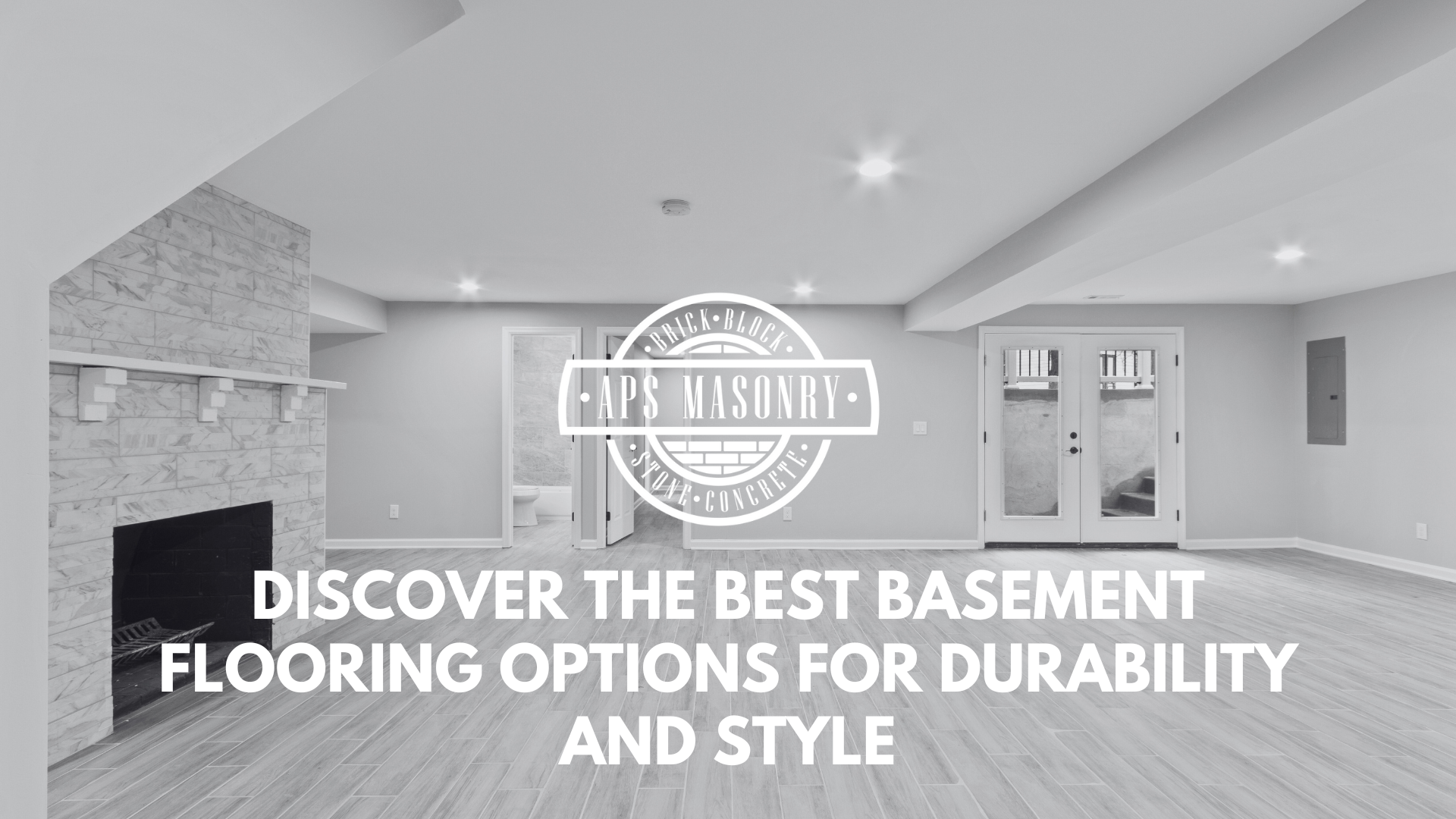
Finding the right basement flooring involves balancing durability, style, and moisture resistance. This guide discusses the best options for basement...
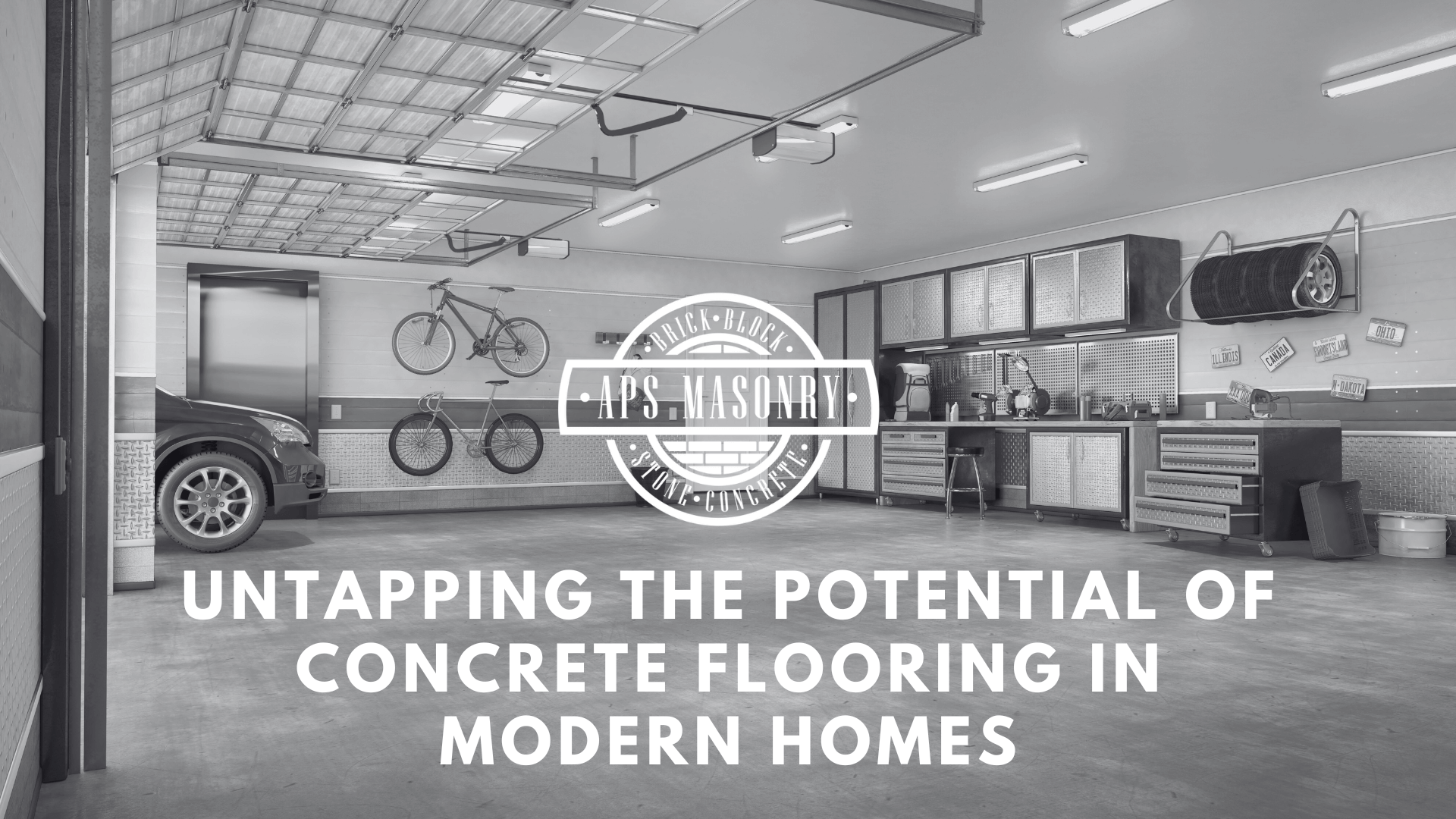
Concrete flooring is becoming a popular choice for modern homes because it's durable, cost-effective, and versatile in style. Traditionally used in...
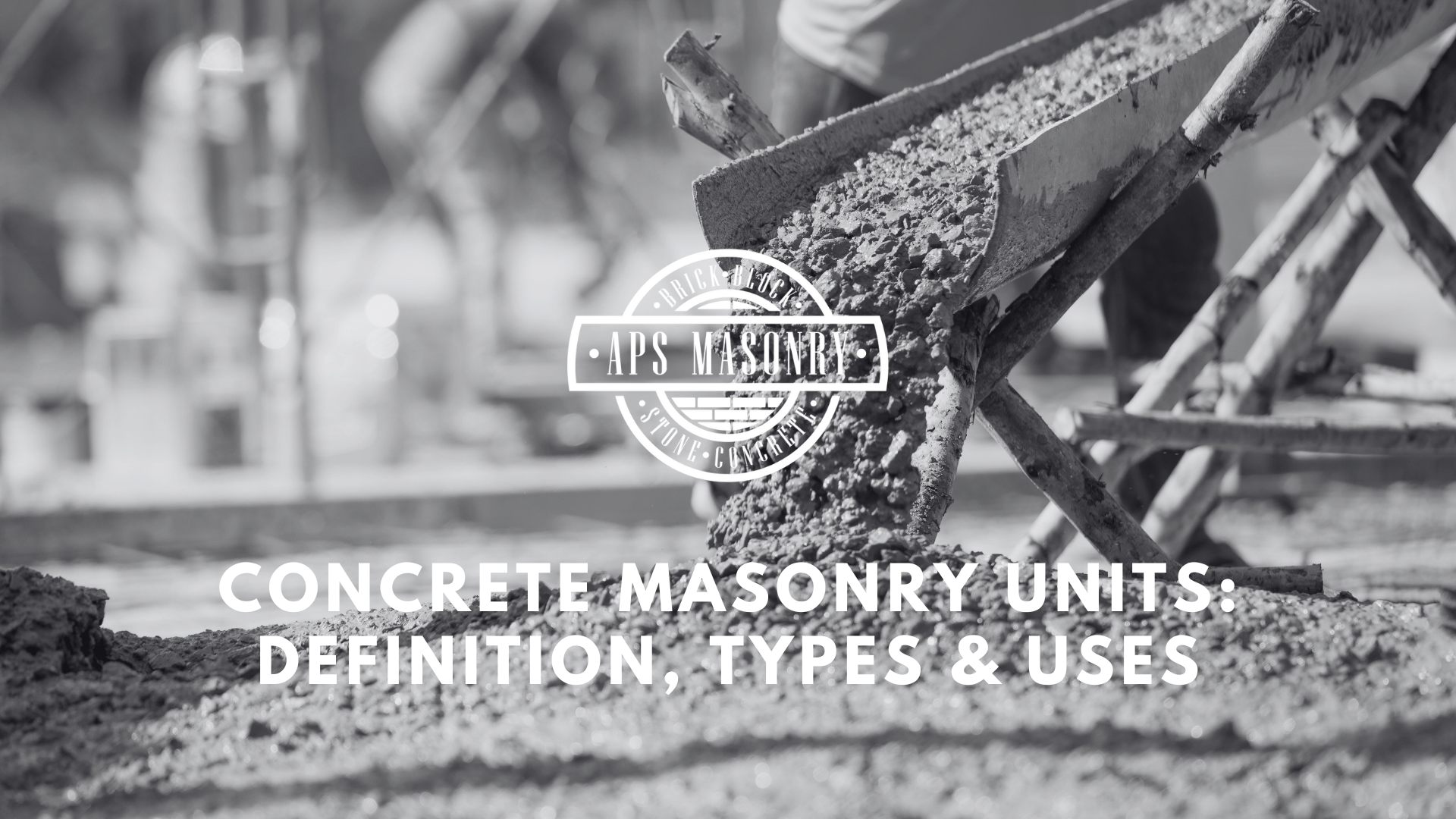 Read More
Read More